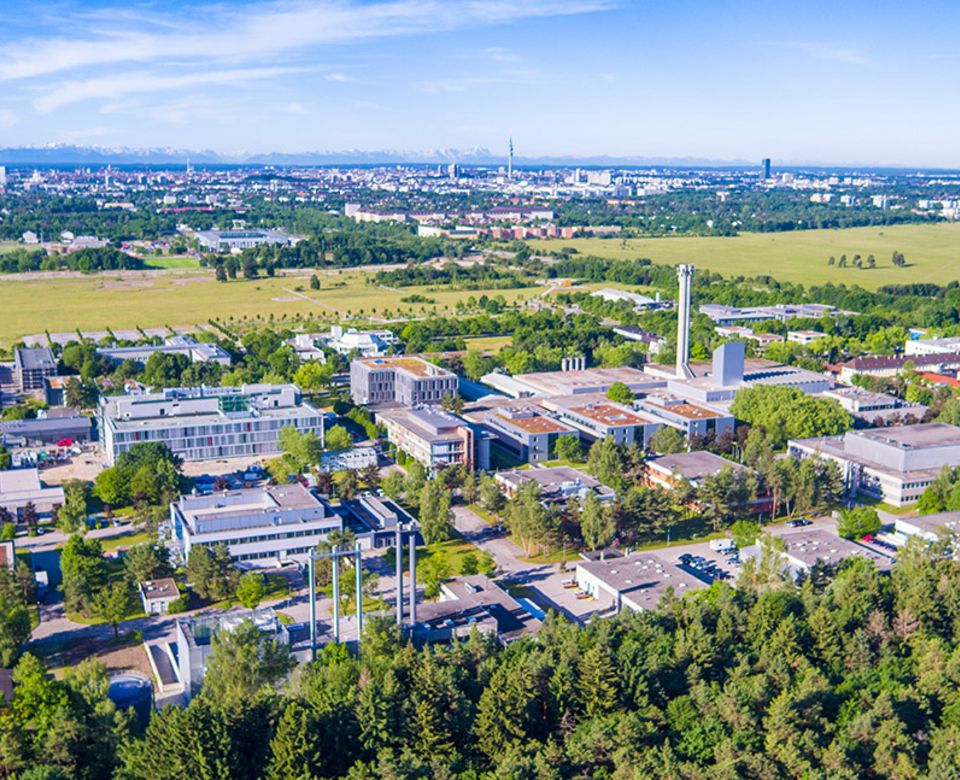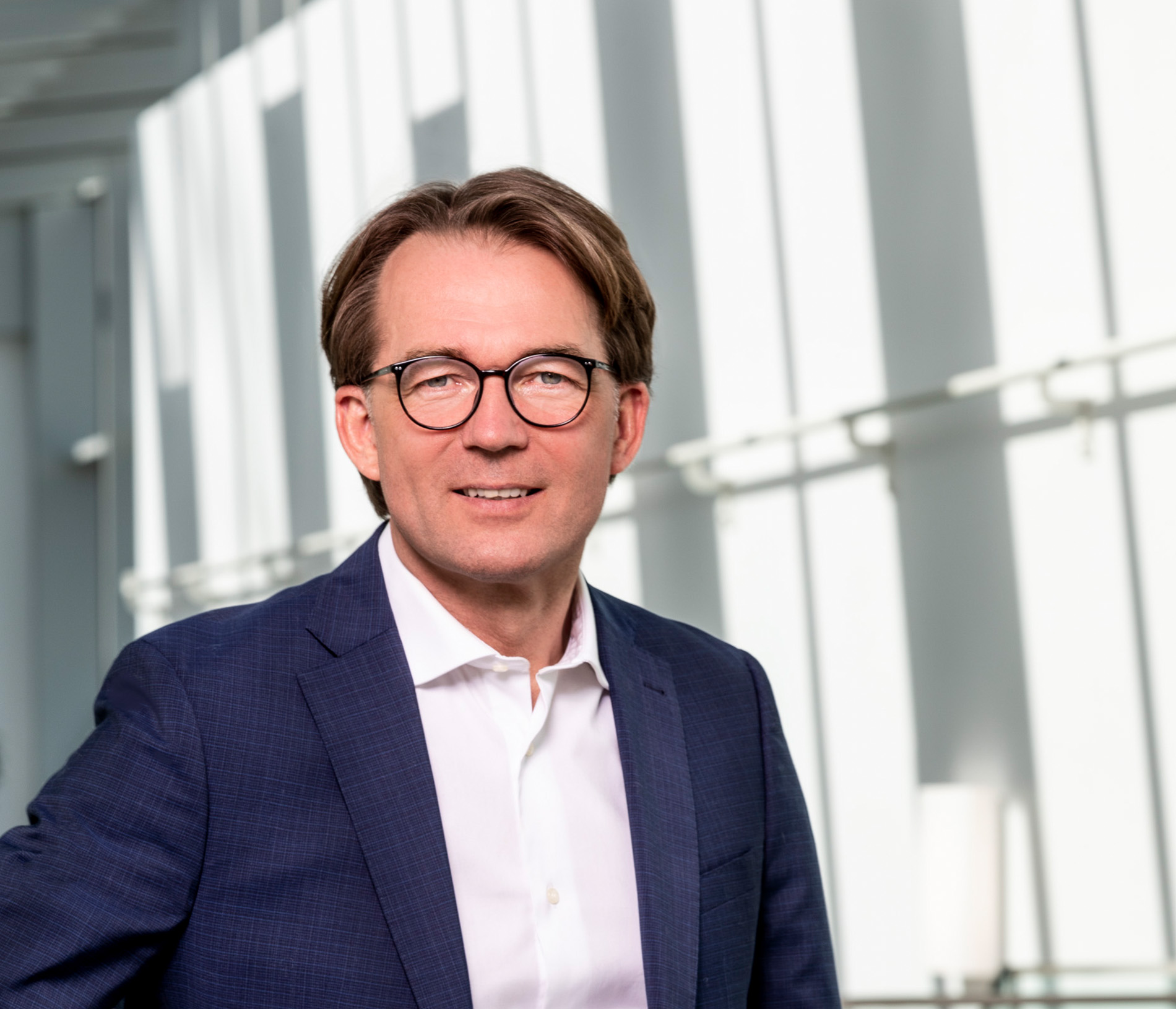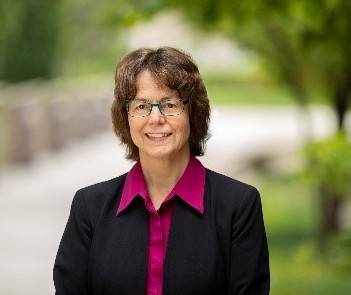About the conference
For the 9th time, Helmholtz Munich is organizing this high-impact conference series, taking place at Künstlerhaus in the heart of Munich this year, during the Oktoberfest.
Internationally leading scientists in diabetes research are joining us here in Munich to present and discuss their most recent data and achievements. Our overriding goal is to find new ways for the prevention and treatment of type 1 and type 2 diabetes. This conference will focus on the latest therapies in diabetes. The world’s leading faculty in this area will thus enrich this year’s program. Following our long-standing tradition, we will feature again the HelDi (Helmholtz Young Investigator in Diabetes) competition with selected talks by rising stars in the field of diabetes, and the presentation of the Helmholtz Diabetes Lecture. This year, Rudolf Zechner (University of Graz) will receive this award in recognition of his life-time achievements.

Helmholtz Munich
Helmholtz Munich, the German Research Center for Environmental Health, develops efficient methods for the early detection, prevention, diagnosis and treatment of important common diseases that arise from the interaction between the environment and individual genetic backgrounds. One major focus of the Center is on diabetes.

Venue: Künstlerhaus
The Künstlerhaus, located in the heart of Munich, was conceived as a meeting place for artists and society alike and is still living proof of the style and society model of its time of origin when prince regent Luitpold opened the house to the public in 1900. After some glorious decades of festivities, masked balls and banquets the house burned down following a bombing raid in 1944. It was rebuilt and re-opened to the public by Duke Albrecht of Bavaria on October 1, 1961. Today it is open for a wide variety of congresses, festivities, and exhibitions.



